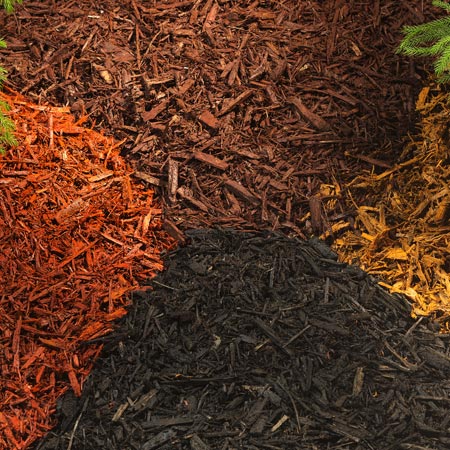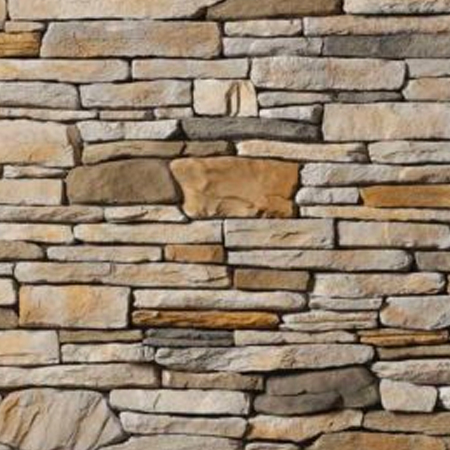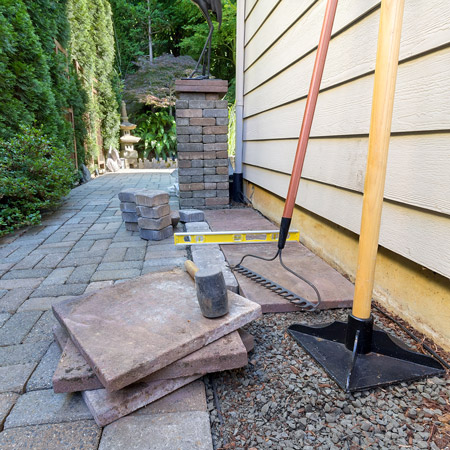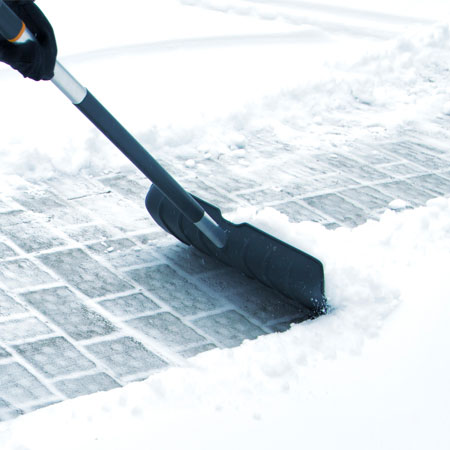
The 3 Types of New England Grass
While there are certainly many different types of grass being used right here in New England and across the country to grow residential lawns, there are three primary categories of grass seed that are deemed to be the best for our local region. The three types include Kentucky Bluegrass, Ryegrass and Fescue. Each type has its own strengths, weaknesses and purpose for being included in this list. One of the most strategic ways of using these different types of grass seed are to create a seed mix that can be used to overcome specific issues or to elicit a desired result.
- Kentucky Bluegrass – Great for cold weather and disease resistance. Dark in color and germinates in 18-21 days. Recovers from weather-related damage well because of its wide-spread root system, making it the most popular choice for Westport lawn care locally and in all the New England states.
- Ryegrass – Super fast germination in just 5-7 days, this grass has a coarse texture and is lighter in color than Kentucky Bluegrass. However, it will begin to thin and die out after just 1-3 years, meaning that it needs to be over-seeded, re-seeded or replaced much more frequently than other types of grass seed.
- Fescue – Great choice for high traffic areas, this shade and drought tolerant grass has a great green color and germinates in 14-18 days. It comes in two classes, fine and tall, both of which make it a popular choice for grass seed mixes because it can be planted in a wide variety of landscaping situations.
There are several different mixes that are used by homeowners and by commercial landscaping companies. A mix that contains Ryegrass will germinate quickly and give great results. The Fescue or Kentucky Bluegrass contained in the mix will then germinate later, filling out the lawn with a mixture of textures and colors, allowing the Ryegrass to thin and die off after a frost, with the stronger Bluegrass and Fescue taking over in future years.
The Ins and Outs of Fertilizer
Before you can learn how to use fertilizer with these front yard landscaping tips, you will need to know the ins and outs of fertilizer, what’s in it, how it works and what it can do for your lawn. You could have the best grass seed in Massachusetts and still have Westport lawn care issues if your soil doesn’t have the right balance and chemical make-up. That’s where smart fertilizing comes into play, it helps to give your lawn the nutrients that it needs to grow and thrive.
The 3 primary components of fertilizer include:
- Nitrogen – When it comes to lawn care, nitrogen is the most important ingredient. It works to promote rapid plant growth and help the lawns to retain a hearty, deep color.
- Phosphorous – Helps the roots to form better and strengthens the overall growth of the root system for stronger, better looking grass.
- Potassium – This ingredient helps to strengthen the grass and help it to withstand traffic from pets and people. It also helps to prevent disease.
When you look at a bag of fertilizer, the numbers indicate the percentage of each of the primary components included in the mix. For example, 22-2-5 would indicate 22 percent nitrogen, 2 percent phosphorous and 5 percent potassium.
There are also different types of fertilizer that are commonly named at supply stores:
- Starter – This type of fertilizer can be used on new lawns and in gardens. The numbers should either be all the same or the first number should be lower than the second and third numbers.
- Pre-Emergent – This type of fertilizer can help prevent crabgrass and other weeds from growing. Unfortunately, it will not control existing weeds.
- Post-Emergent – You may have already guessed, but this fertilizer works the opposite from the pre-emergent, controlling existing weeds, such as clover, dandelions, oxalis, etc., but will not prevent new weeds from growing.
- Preventative – Similar to the pre-emergent variety, this type of fertilizer will prevent a problem, such as insects or crabgrass, from occurring, but won’t be able to stop a condition that is already existing.
- Control – Similar to the post-emergent variety, this type of fertilizer will eliminate existing problems, such as moss, fungus or grubs, but will not prevent it from reoccurring again in the future.
Various chemicals are also often added to fertilizer and measures can be taken to slow the release of nitrogen into the soil or adjust the pH for better growth. Depending on the type chosen, the added chemicals can aid in control and emergence of crabgrass and other issues, help to prevent insect or grub infestation, control weeds and help grass to look greener and healthier.
When and How to Use Fertilizer
Different types of fertilizer should be used at different times of year. While some fertilizer is chosen based upon desired results, others should be chosen based upon the season for maximum benefit. Here is a basic guide of when and how to use fertilizer as part of an overall plan for Westport lawn care locally and throughout Southeastern Massachusetts and Rhode Island.
- Early Spring (February through April) – Lawns emerge from the dormant state of winter and require food to strengthen root systems and begin to grow. Crabgrass and other harmful weeds should be prevented from emerging at this time.
- Late Spring (April through June) – Westport lawn care should include a fertilizer that can control broadleaf weeds and provide enough food to keep up with warm weather lawn growth.
- Summer (June through August) – One of the best front yard landscaping tips for the summer is to use a fertilizer that contains insect control to prevent boring insects and a feed that will help it combat the stress of drought and heat.
- Fall (September – November) – With the insects backing down and temperatures returning to normal, this is the time to winterize your lawn to help it prepare to tolerate the cold weather and strengthen its root size. This feeding will also help get things started when spring rolls around again in February.
Where to Get Grass Seed and Fertilizer in Massachusetts
It is important to get your fertilizer and grass seed from a local provider in order to get the best results. Sure you can order anything you want online now, but getting a grass that works well in the middle of the desert in the middle of 120-degree summers won’t do you much good in the freezing spring temperatures of New England. Visit J&J Materials in Southeastern Massachusetts and learn how to use fertilizer to your advantage. Our team of knowledgeable customer service and sales agents can provide you with all the front yard landscaping tips you will need to create a beautiful lawn that you can be proud of year round.






